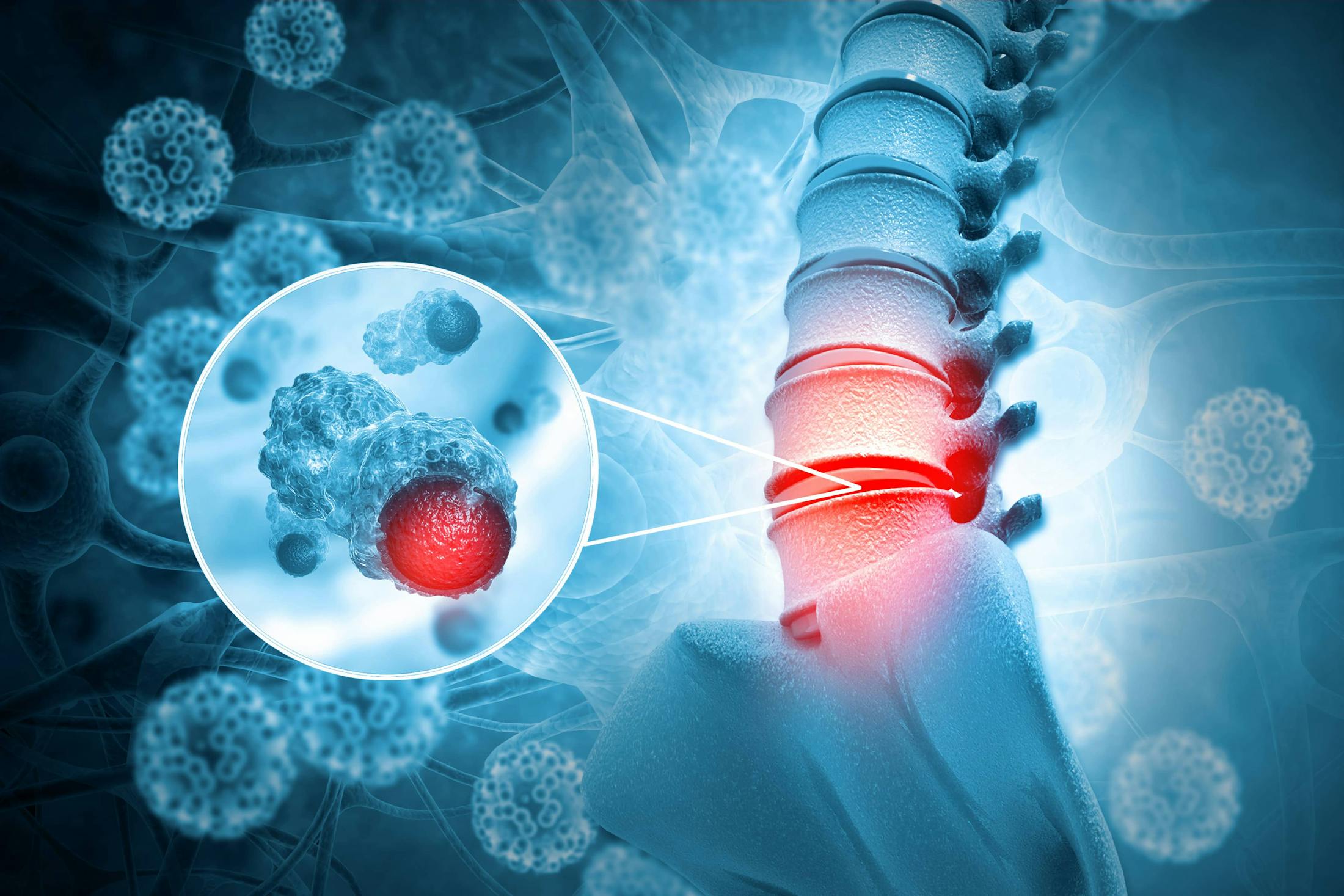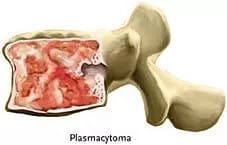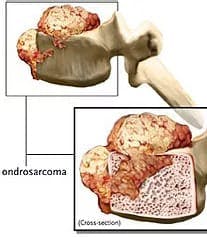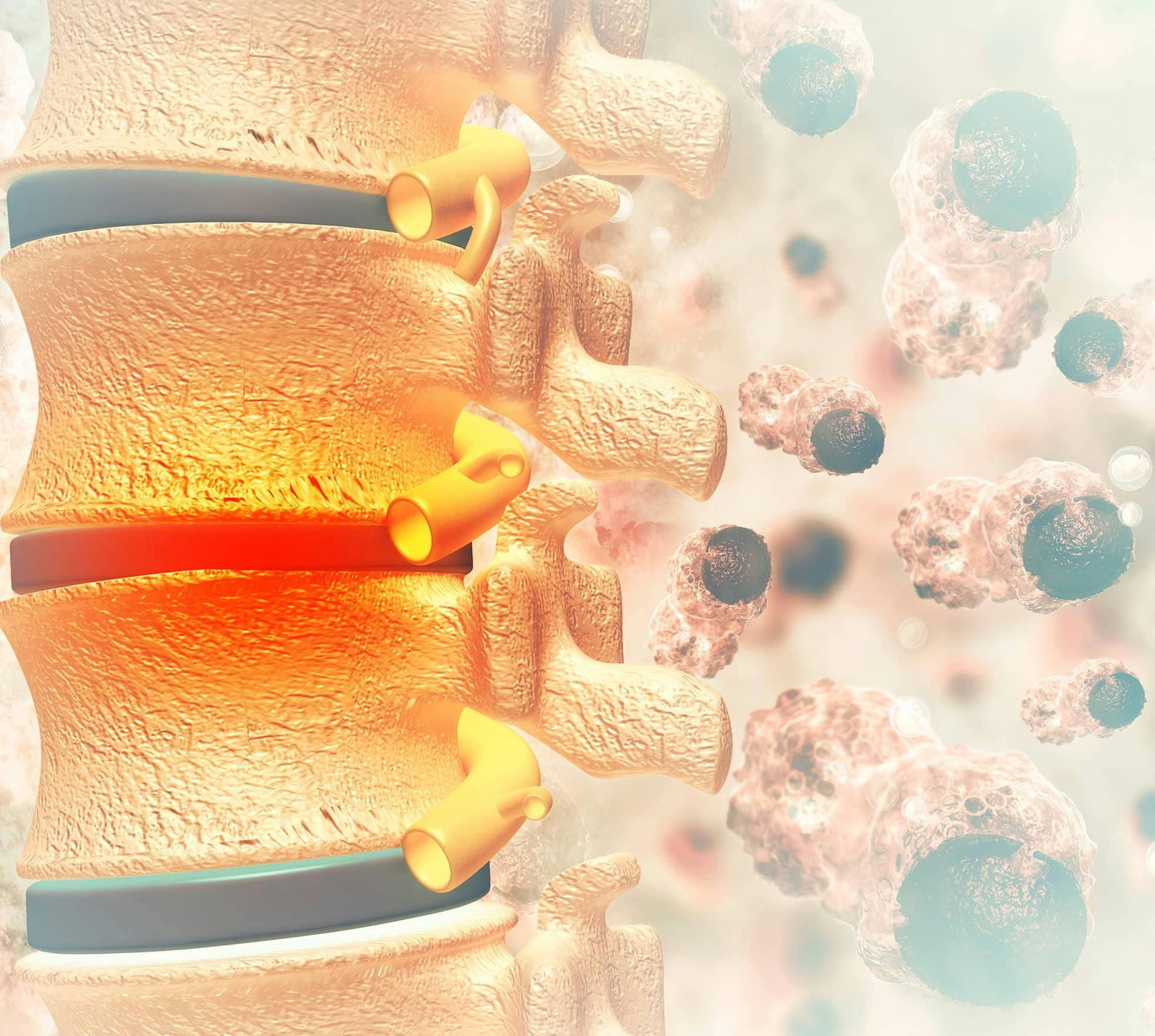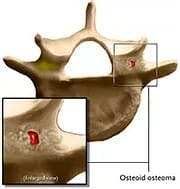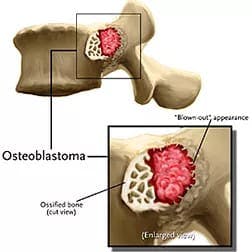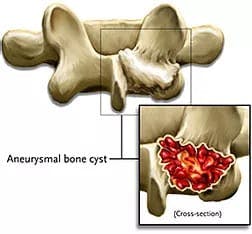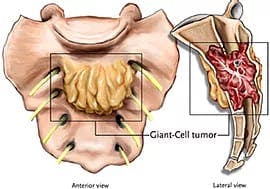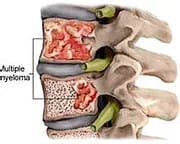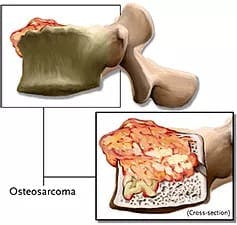Spinal tumors, abnormal growths within the spine, can lead to severe pain, neurological deficits, and impaired mobility. Early detection and intervention are crucial for effective treatment. The Center for the Functional Restoration of the Spine specializes in comprehensive care, employing advanced diagnostic techniques and personalized treatment plans to address spinal tumors and enhance patients' quality of life.

Spinal Tumors Q & A
What causes spinal tumors?
Where do spinal tumors grow?
What symptoms develop due to a spinal tumor?
How do specialists treat spinal tumors?
What causes spinal tumors?
Spinal tumors develop when cells grow uncontrollably. These tumors fall into two broad categories:
Primary tumors
Primary tumors begin in the spine and may be non-cancerous (benign) or cancerous (malignant). A benign primary tumor can grow large enough to compress nerves and blood vessels.
Secondary tumors
Secondary tumors originate as cancer in another part of your body that spreads to the spinal cord. Metastatic cancer most often affects the vertebrae. Though any type of cancer could metastasize to the spine, it most commonly comes from breast, lung, kidney, thyroid, or prostate cancer.
Where do spinal tumors grow?
You can develop many types of tumors affecting the structures forming your spine, so these are only a few examples. Spinal tumors called neurofibromas and schwannomas develop in the nerve roots, while meningiomas occur in the spine’s protective membrane. Another type of spinal tumor, a vertebral hemangioma, arises in the vertebrae and represents the most common type of benign, primary tumor. The tumors most often found inside the spinal cord include astrocytomas, ependymomas, and hemangioblastomas.
What symptoms develop due to a spinal tumor?
Back pain is the most common symptom of spinal tumors, but you may experience pain in your legs, feet, arms, or hips. You may also have spine tumor symptoms such as:
- Stiff back or neck
- Pain or tingling radiating down your arms or legs
- Numbness in your arms or legs
- Muscle weakness in your arms or legs
- Difficulty walking
- Loss of sensitivity to heat and cold
- Loss of bladder or bowel function
A large tumor could cause a spinal deformity.
How do specialists treat spinal tumors?
The treatment you receive depends on the type of the tumor, its location, and the extent of spinal involvement. As a general guideline, spinal tumor treatment involves options such as:
Surgical removal (excision)
The team at the Center for the Functional Restoration of the Spine removes as much of the tumor as possible for minimal harm to the spinal nerves or structures.
Radiation therapy
If you can’t have surgery, radiation therapy may serve as your primary treatment. The team may also use radiation therapy to relieve your symptoms or after surgery to eliminate any remaining tumor cells.
Chemotherapy
The team may recommend chemotherapy for malignant tumors. Chemotherapy can reduce pain and slow tumor growth. If you have questions about spinal tumors, call the Center for the Functional Restoration of the Spine, or book an appointment online today.

